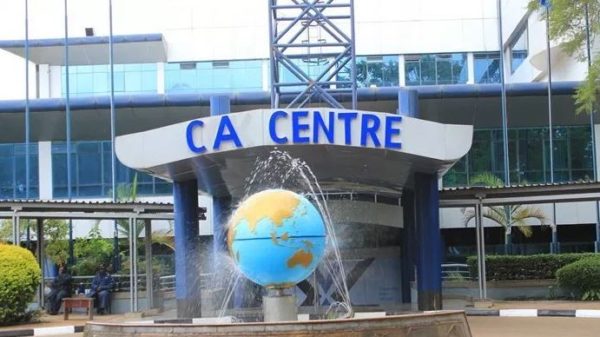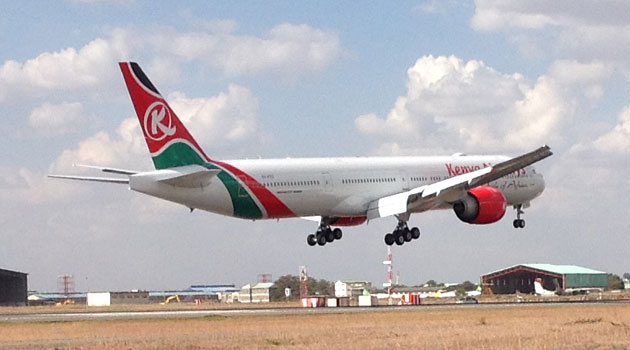NAIROBI, Kenya, Sep 13 – A total of Sh10.66 billion ($72.7 million) was spent by Kenyan farmers to purchase pesticides in 2020 to control pests and diseases.
Out of this, the Heinrich Böll Stiftung Kenya ‘Toxic Business: Highly Hazardous Pesticides in Kenya’ report shows that Sh4.13 billion ($28.2 million) was spent on insecticides such as chlorpyrifos, flubendiamide, and imidacloprid.
Sh3.86 billion ($26.4 million) went into the acquisition of herbicides such as glyphosate and paraquat, and Sh2.65 billion ($18.1 million) on fungicides (mancozeb).
Entirely, the above amount bought 310 pesticide products containing 151 active ingredients to control insects, disease, and weeds on 26 different crops.
Of 310, 195 pesticide products, or 63 percent, according to the report, contained one or two ingredients that are categorized as highly hazardous pesticides (HHPs).
The top five widely used insecticides in the country are Marshal (carbosulfan), Thunder (beta-cyfluthrin + imidacloprid), Belt (flubendiamide), Occasion-Star (emamectin benzoate + indoxacarb), and Dursban (chlorpyrifos).
“This indicates that farmers in Kenya predominantly use HHPs, despite their known detrimental effects on human health and the environment,” the report added.
“Notably, almost half (44%) of the total volume of pesticides used in Kenya are already banned in Europe due to their unacceptable risk to human health and the environment.”
Pesticide frequency usage has been on the rise in the country lately amid changing weather patterns that have contributed to a rise in pest and fungal attacks on plants, thus the need to use insecticides at the detriment of food consumers.
“Based on their potential human health toxicity, considering factors such as carcinogenicity, reproductive toxicity, endocrine disrupting activity, mutagenicity, and neurotoxicity, several active ingredients require urgent regulatory measures,” it stated.
“The most toxic and most commonly used ingredients are the insecticide chlorpyrifos, the herbicides acetochlor, glyphosate, and 2.4-D, and the fungicides mancozeb and chlorothalonil.”
Speaking during the launch of the report, Joachim Paul, Director, Heinrich Böll Foundation Nairobi, noted that “empirical data is crucial to support the phasing out of highly hazardous pesticides in Kenya.
However, official data on national pesticide use is not publicly available.
A total of 73 different companies serve as brand owners for the products used in Kenya.
Syngenta leads the pesticides market with a 20 percent market share, followed by Bayer AG with 15 percent, Corteva Agriscience™ (agriculture division of DowDuPont™) with 7.7 percent, FMC Corporation with 5.7 percent, and Adama Agricultural Solutions with 4.4 percent.




















































